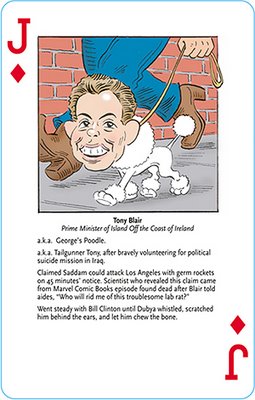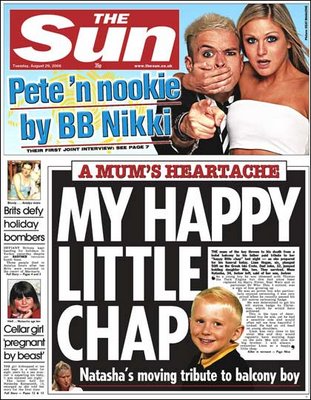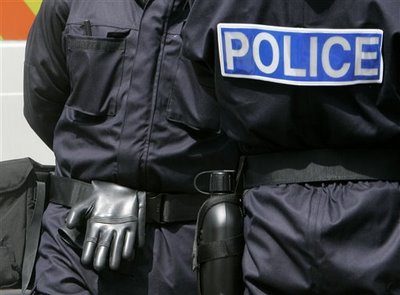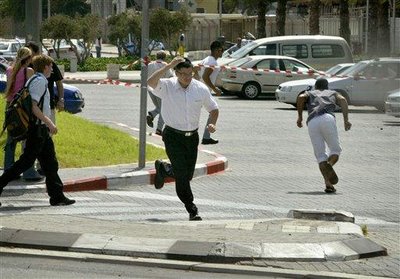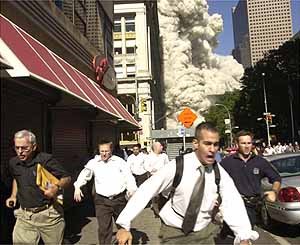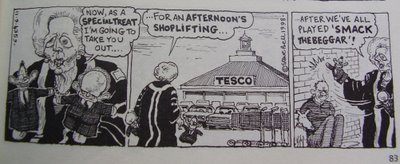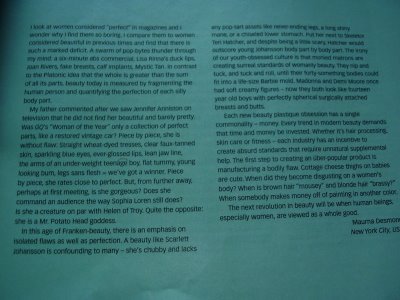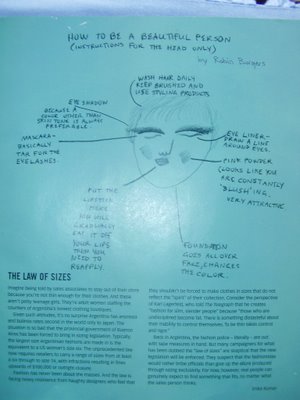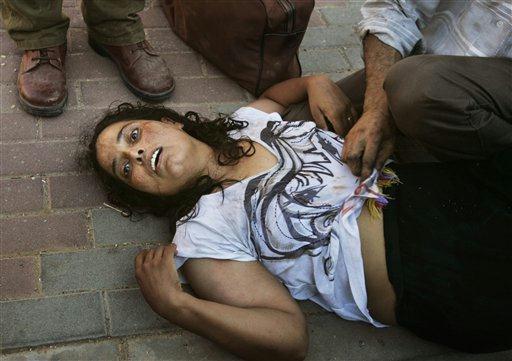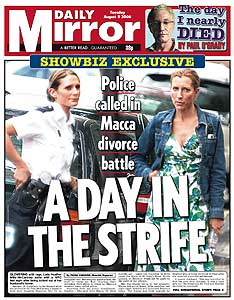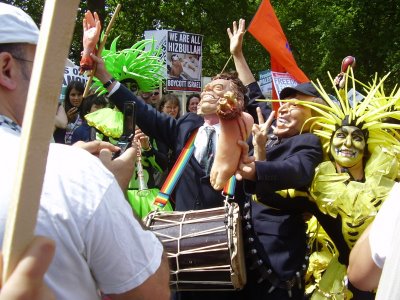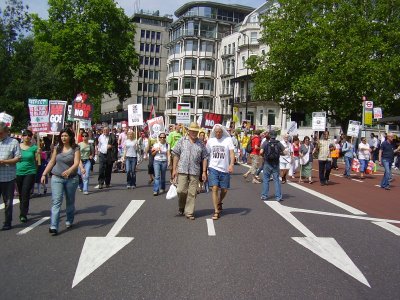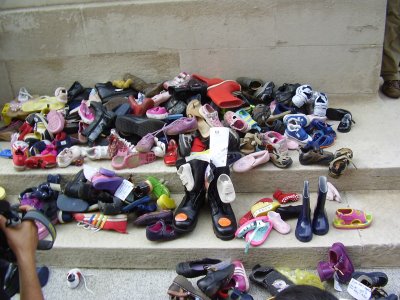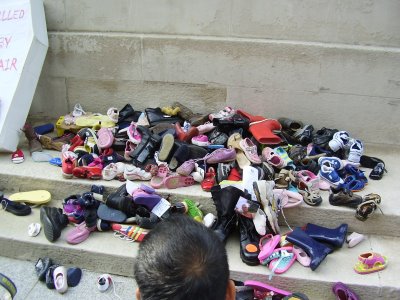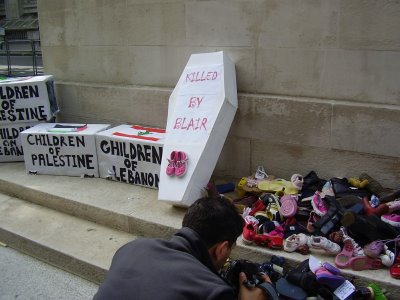Violently criminalising the "deviants".
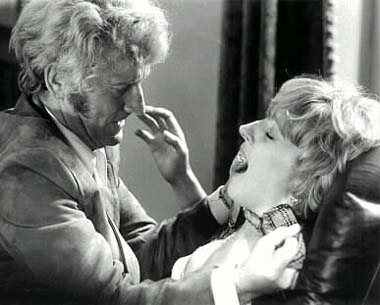 Jane Longhurst's mother has got her wish. After a two-year long campaign and a government consultation, "violent" pornography is to be made illegal to have in your possession.
Jane Longhurst's mother has got her wish. After a two-year long campaign and a government consultation, "violent" pornography is to be made illegal to have in your possession.Before examining exactly what the government intends to criminalise, it's worth remembering the victim in this. Jane Longhurst, a 31-year-old music teacher at a school for children with special needs was killed by Graham Coutts, a 35-year-old who had an obsession with asphyxiation during sex. This obsession was allegedly exacerbated by his visits to pornographic websites which featured simulated necrophilia and strangulation. Former girlfriends testified that he had performed asphyxiation on them during sex, while he had told one that he feared that he would end up killing someone.
Coutts has always claimed that he accidentally killed Longhurst during consensual sex. Last month the House of Lords agreed that the jury should have been given the option of convicting him for manslaughter rather than murder. The Crown Prosecution Service is applying for a retrial. Coutts had kept Longhurst's body in a rented unit in Brighton, visiting 10 times before eventually dumping her corpse in a field, setting it alight. Found in the unit was a condom containing traces of Coutts' semen, as well as Longhurst's DNA. This led to it being claimed that Coutts had sex with her body after her death, although he has always denied this and it has not been proved.
The whole issue comes down to whether Coutts was further influenced by the material that he used on the internet. There's very little to suggest that he was. While the internet has undoubtedly made access to extreme pornographic material far easier, there's everything to suggest that Coutts had already carried out his fantasies on past girlfriends in a consensual situation, and that for him this was just a part of his normal sex life. Whether he got carried away with Longhurst, or set out to fulfil his ultimate fantasy we may never know. The government itself admitted in the first consultation document that the link between such pornography that Coutts' used and violent crime had not been established. "We recognise that accessing such material does not necessarily cause criminal activity," it said. "We consider the moral and public protection case against allowing this kind of material sufficiently strong."
So it has proved. 50,000 people, mainly coming from campaigning in the tabloids, signed a petition calling for violent pornography to be outlawed. Those who actually responded to the consultation document that the government published on its website were by far in favour of the current law situation remaining unchanged. 223 individuals, compared to 90 who replied said there should be no change. This was reversed when it came to groups who responded, with 53 calling for such material to be banned, with 18 backing no change. Even so, this still left the "no" camp with a majority of 98.
Away from the rather vague BBC reports, this is what the government plans to make illegal:
Content of Material
12. The material covered by the offence would be:
(i) intercourse or oral sex with an animal; and
(ii) sexual interference with a human corpse, as proposed in the consultation document.
We have considered the point raised by some respondents that
these categories do not exactly mirror the criminal offences set out in the Sexual Offences Act 2003, which refer to penetration, but have concluded that the broader categories should remain.
13. We have reconsidered the remaining categories set out in the consultation:
(i) serious violence in a sexual context, and
(ii) serious sexual violence.
We have concluded that the reference to “in a sexual context” caused confusion and was unnecessary in view of the pornography threshold described above. We therefore propose a single category of serious violence.
14. We have considered the violence threshold, which was originally proposed at GBH level, and concluded that the test was not sufficiently precise, would be difficult to apply and would draw in material which would not pass the obscenity threshold. We have concluded that the offence should apply to images of acts that appear to be life threatening or are likely to result in serious, disabling injury. Again, it would be for the prosecution to show that the material fell into this category. We would consider giving non-statutory guidance on the type of injury which we consider would fall within this category.
15. In summary, material would need to be:
(a) pornographic
(b) explicit
(c) real or appears to be real act (these would be objective tests for the jury)
16. It would cover:
(i) serious violence*
(ii) intercourse or oral sex with an animal
(iii) sexual interference with a human corpse
*by serious violence we mean appears to be life threatening or likely to result in serious, disabling injury.
The government has thankfully decided that the violence threshold has to be above GBH, as GBH has in the past been defined as "breaking of the skin". GBH would have meant that sadomasochist pornography would almost certainly have been made illegal, as would spanking material, which often involves welts being made on the skin.
Even so, the legislation as it is risks criminalising a distinct minority of what some would consider "sexual deviants". For those who practice erotic asphyxiation, it's quite possible that if they decided to take photographs or record themselves while doing it that they would be breaking the law. While it would be up to a jury to decide, the possibility is always there that something that is taking place between two adults in the privacy of their own bedrooms could be criminalised. Choking during sex can certainly appear to be life threatening or likely to result in serious injury, especially if taken too far. This isn't just a minority pornographic pursuit/interest either; "gonzo" pornography often features the male actor choking the female star during sex. It may be deeply unpleasant, it may be dangerous, but it's taking place in what is a safe, controlled, consensual environment. The sex industry in America is remarkably self-regulating, and takes safety, especially HIV/AIDS protection incredibly seriously. The BBFC cuts such practices from all R18 submissions, but the DVDs that are available to download from the internet from American websites could fall foul of this law.
The most troubling thing though is just what could be made illegal if it was taking place in a sexual environment rather than in say, a comedy or art film. Frank Fisher on Comment is Free identifies Hitchcock's Frenzy as featuring asphyxiation that could fall foul of this legislation. The Channel 4 comedy Peep Show contains an episode in which the Mark character ends up having sex with a teenage goth, who starts to choke him half way through, to his terror. It looks real, and could potentially be considered pornographic or explicit. Any film or work that has a BBFC certificate is to be exempt from prosecution, but doesn't this set up a double standard? Why should we persecute those who have different sexual interests who have as much right to see what they enjoy going on as anyone else? Why is asphyxiation in pornographic material seen as more dangerous than asphyxiation in "art" films?
The government is on safer ground on the banning of bestiality, but even here there are dangers. Many such examples of bestiality are often short clips, which are considered humourous. There's a lot of people out there with these who could be potentially prosecuted. One such video that was doing the rounds on forums last year was a clip of a man who died after receiving anal sex from a horse; not the most enlightening, educational or tasteful entertainment available, but should having such a video lead to someone facing imprisonment? The Good Old Naughty Days, a collection of silent pornographic vignettes, one featuring bestiality, was passed uncut by the BBFC with an R18 certificate. What makes old porn featuring sex with animals more acceptable than more modern examples?
The banning of necrophilia faces similar problems. While there is no such thing as real "snuff movies" (the closest thing to real snuff is the beheading propaganda videos released by the likes of al-Qaida in Iraq), or real necrophilia videos, sites such as necrobabes are easily available and feature men having sex with women who are made to look dead. Could a jury potentially view such material as real?
With there being no evidence that viewing such pornography leads to any more likelihood that someone will commit a crime, why on earth has the government gone along with what is the pet project of radical feminists who think all women in pornography are being exploited, censorship groups such as Mediawatch, which grew out of the ashes of Mary Whitehouse's old pressure organisation, and the ever reactionary plod? The only answer must be that it'll help to appease a certain amount of people and the press who are otherwise pissed off with the government, i.e. the Daily Mail, Sun etc.
It seems like a very British disease, and it is. No other European country has such a interest in criminalising minority sexual pursuits. Only Germany has what could be considered a more draconian censorship body than ours. We've had to deal with moral panics such as this before: one was over "video nasties" with the advent of the home video recorder. There was another in the aftermath of the James Bulger case, despite there being no evidence that his killers were influenced in any way by horror films, or even seen them. The current panic does not have such wide ramifications, but it will still do very little to nothing to stop what happened to Jane Longhurst from happening to someone else. I don't doubt Mrs Longhurst's sincerity and belief that making this material illegal might save further lives, but she ought to consider the likelihood of men and women having their lives ruined by draconian legislation which makes their "kinks" illegal to view. She should also wonder whether she is being used by those who want to remove the freedoms of the wider public to watch they want to, something which the intolerant likes of John Beyer has wanted for a long time.
